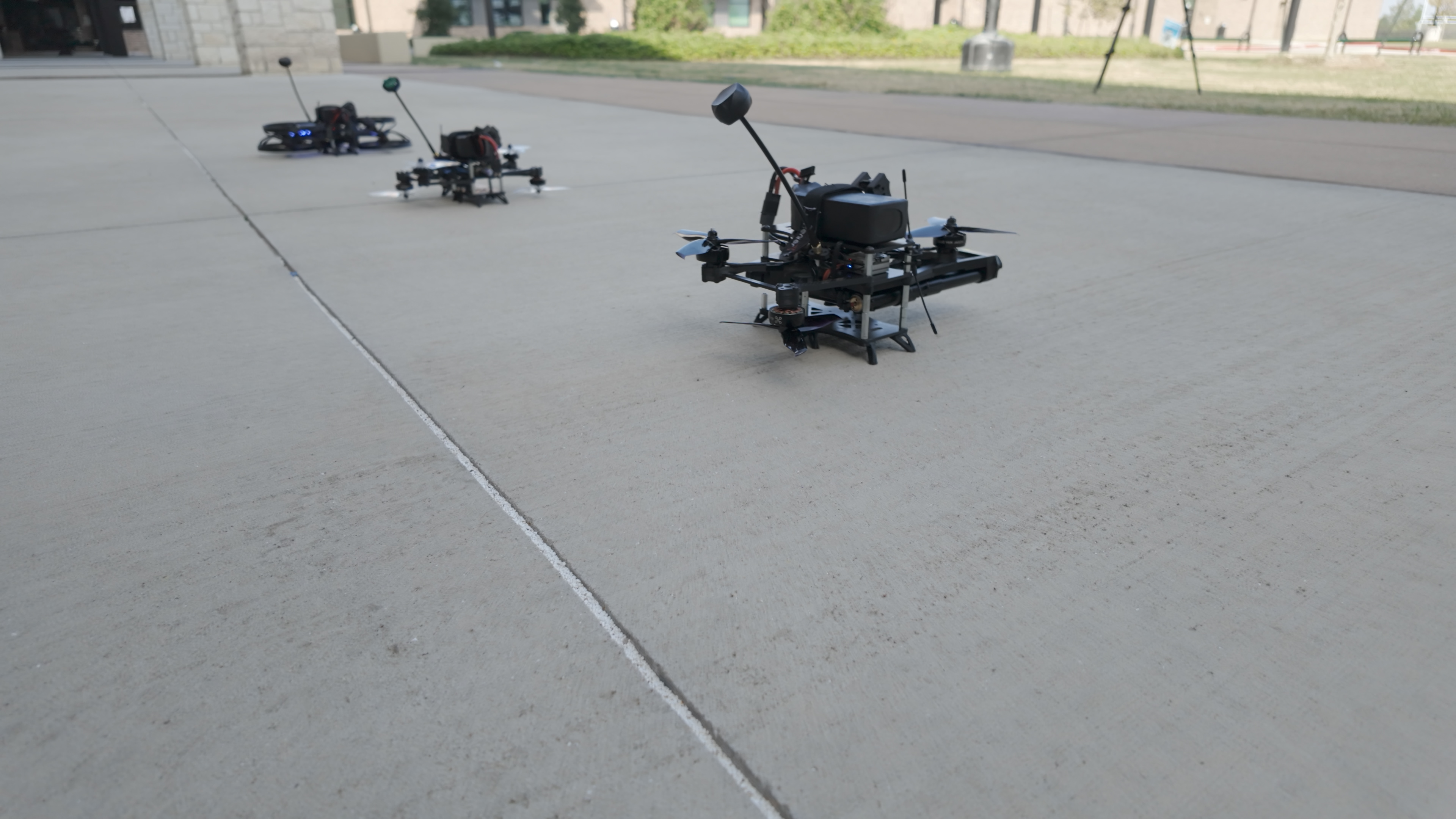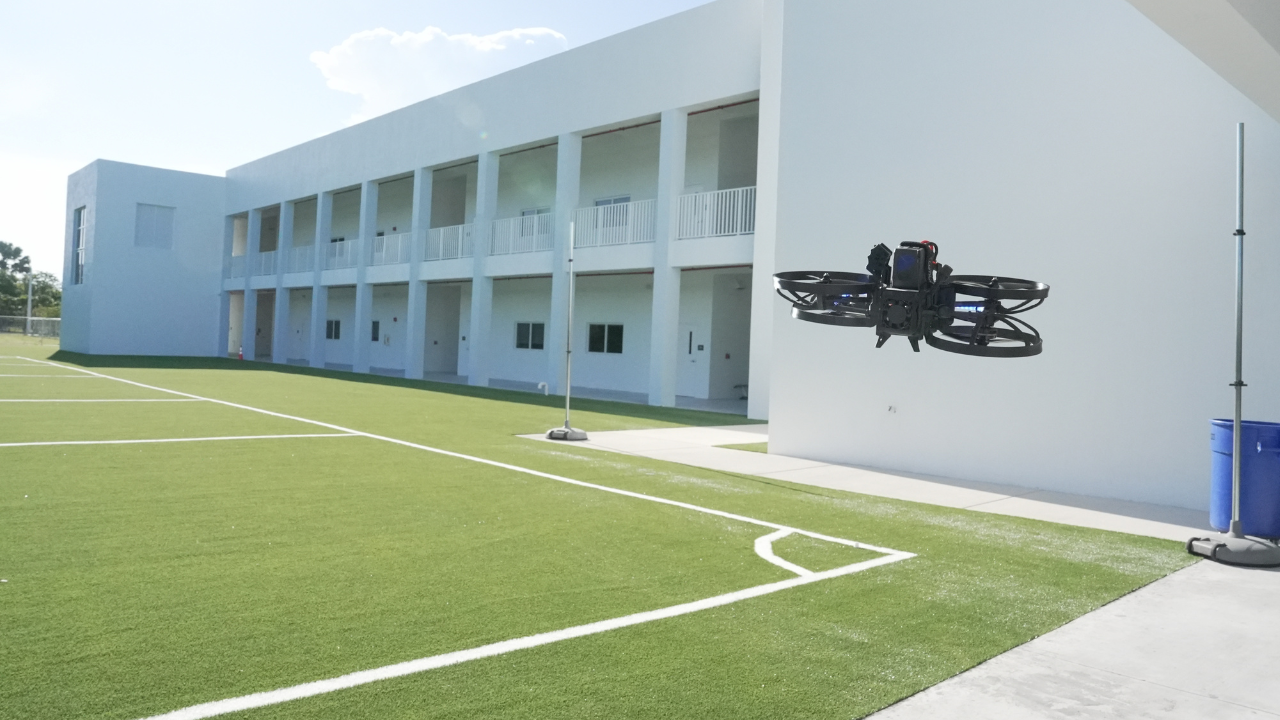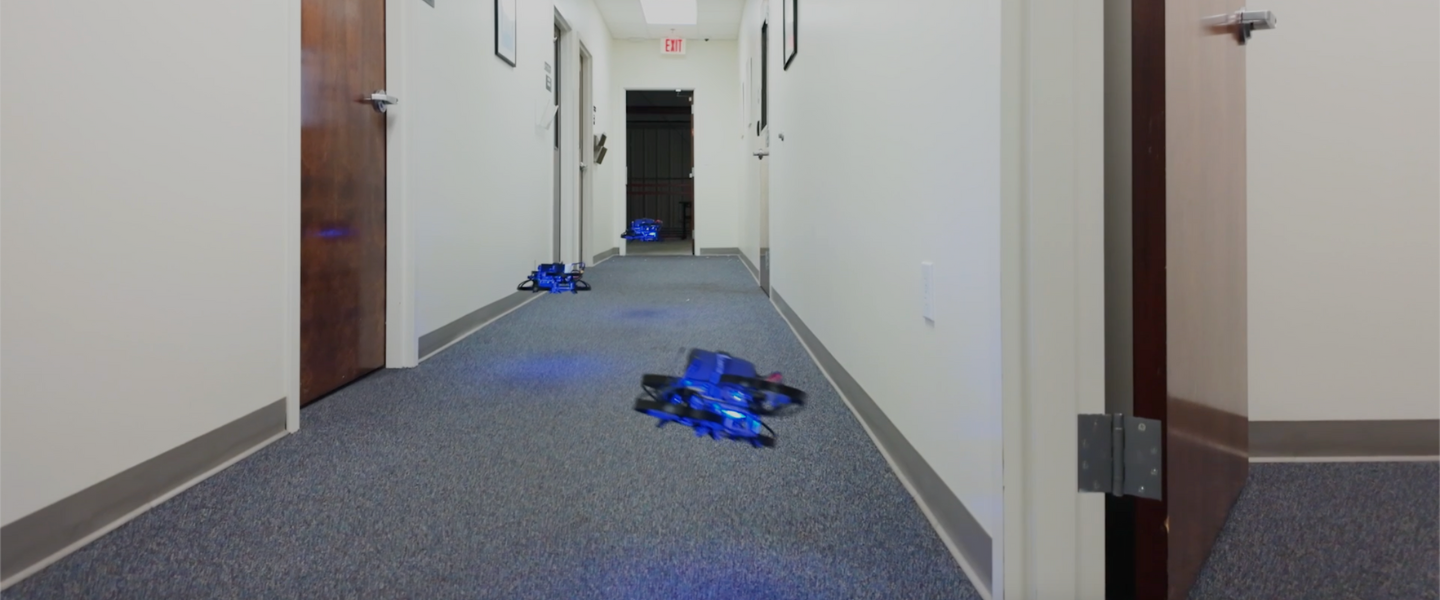Justin Marston
•
Founder & CEO
August 10, 2025
Part II: Reducing Gun Trauma by Reducing the Occurrences
August 11, 2025
Today, the number of school shootings each year is at a historic high - each of the past four years has seen more school shootings than any previous years in history.
Everyone wants to see the number of school shootings start to decrease again and have fewer school shootings. In part 2 of our series on reducing trauma from gun violence, we’re going to look at various ways to achieve this by reducing the number of school shootings.
Access to Guns in the U.S.
There are a lot of guns in the U.S. According to [Ammo.com](http://Ammo.comhttps://ammo.com/articles/how-many-guns-in-the-us), there are between 400 million and 500 million civilian-owned firearms, which equates to 1.93 firearms for every adult in the U.S. and 1.5 for every American citizen, including children. This is unlikely to change anytime soon, as there were 89M guns sold in the past 5 years in the U.S. Yet, ultimately, it’s people that commit mass shootings, and guns are just the tool.
Lawful gun owners have a responsibility to safely store firearms in order to limit access for those who may carry out acts of violence. Parents must be encouraged to use locked gun safes, and should be held accountable for the actions of their children when the parents do not safeguard their guns. The conviction of Jennifer and James Crumbley last year was the first case of parents being sentenced to jail time for the actions of a child.
Improve Mental Health
Researchers at Columbia University have estimated that: “Approximately 5% of mass shootings are related to severe mental illness… although a much larger number of mass shootings (about 25%) are associated with non-psychotic psychiatric or neurological illnesses, including depression, and an estimated 23% with substance use, in most cases these conditions are incidental.”
As a society, we need to prioritize mental health for our children, including making mental health counsellors available at our schools - perhaps both face-to-face and via anonymous hotlines, similar to 988 Lifeline and other services. With the rise of self-absorbed social media and the use of AI to create unattainable physical perfection, it’s easy to understand why self-worth would be at an all-time low among young adults. Toxic stress and bullying have also been found to be strong contributing factors to mass shootings.
Shut Down Amplification Networks
Social media and the internet in general have fostered dark corners in which young adults can become radicalized about gun violence. USA Today published a news article highlighting this issue last year. There have even been songs written and recorded celebrating the Columbine shooting, and a Russian mass shooter had braided cords attached to his guns with the names of the Columbine shooters. ‘Columbiners’ share photos and other information in online forums, normalizing mass shootings and encouraging each other to radicalize. “Our fascination with serial killers is part of a broader tendency that humans have to be intrigued by dangerous situations,” said Coltan Scrivner Ph.D. in a piece for Psychology Today. According to an FBI Documentary, “Columbine has inspired over 80 copycat attacks. Hundreds of lives have been lost. Countless more have been injured. And its impact keeps on growing.”
Social media platforms must be held accountable, and the FBI and Secret Service must continue their efforts to search for these dark areas of the internet and encourage providers to block access to them. Acts of terrorism and the glorification of gun violence should not be allowed any oxygen to continue burning.
Improve Intelligence
There are often signs of a child preparing to commit a mass shooting: purchasing behaviors, manifestos, and glorification of other gun violence perpetrators, such as Columbine. School shootings can be stopped if other students or parents say something - a recent planned shooting at Memorial High School in Spring Branch ISD earlier this year was foiled when the FBI in Houston received a tip and their Threat Mitigation Team responded. But a school must act quickly when there is a threat - in the Apalachee High School shooting, the shooter’s mother called the school, and there were other signs that still didn’t cause action fast enough to stop the child from carrying out the shooting.
School Resource Officers, counsellors, and teachers should build relationships with students and encourage them to “see something, say something”. Parents should also be vigilant, paying attention to the posters and music in their child’s room - there are often early warning signs that intervention is needed. Again, the FBI and Secret Service fulfill important roles in intelligence gathering on possible school shootings.
Some schools have started implementing threat assessment programs as a way to identify, assess, and manage potential violence, including gun violence. These teams typically include school psychologists, counselors, administrators, and potentially law enforcement or other mental health professionals. One challenge is that schools want to minimize the data on gun-related risks and incidents, so they often downplay or underrepresent the number of events. Florida has passed legislation making reporting a legal requirement, and its numbers have surpassed those of other states for which reporting is optional at best.
Harden Schools
In many of the worst school shootings, the shooter gained access to the school via an unlocked door. Since Parkland, Uvalde and other major school shootings, there has been a concerted effort to harden schools, preventing active shooters from gaining access to the school interior. This includes:
- Locks on all doors, both interior and exterior.
- Detectors for when doors are propped open - this was a major contributing factor at the Uvalde school shooting.
- Ballistic film on the glass, occasionally strong enough to stop bullets, but often designed to hold the window in place so a shooter cannot shoot out a window and then enter the school via the window. This might have prevented the shooter from entering the building at the Nashville school shooting.
- Metal detectors are now deployed for entry to many high schools. However, improper usage and students finding ways to bypass them have led to shootings such as at Dallas ISD last year. Overall, however, they are effective.
- Peace officers have historically been the only way to stop a school shooter and remain the only way to arrest him or her. Some of the challenges have been cost, availability of skilled candidates, and density - if a police officer or SRO is on the other side of campus, it can take a long time for the officer to get there. Also in Texas, most school districts are still not in compliance with the armed officer mandate, with some having a single police officer ‘covering’ four or five elementary schools.
- Some schools have encouraged teachers and others to carry guns as part of a school guardian program. However, teachers’ unions have broadly pushed back on this strategy, maintaining that teachers are there to teach, not do hostage rescue.
- At Campus Guardian Angel, we use less lethal drones as a managed service to enhance school security. School mass shooters typically have a story in their heads about how the shooting will go - the shooter having power and then going out in a 'blaze of glory’ (even though there is an increasing recent trend for shooters to surrender when challenged by law enforcement). Suppose a child knows he or she will have perhaps 10-15 seconds before being confronted by a barrage of drones, which can cause injury and incapacitation. In that case, they may decide to do something else, allowing more time for mental health counsellors, parents and other actors to discover the problem and deal with the root cause.
-
The deterrent effect is real. As per Associated Press coverage of the Parkland shooting, the shooter did significant research ahead of time:
“Florida school shooter Nikolas Cruz told a prosecution psychiatrist he began contemplating a mass murder during middle school, doing extensive research on earlier killers to learn their methods and mistakes to shape his own plans, video played at his penalty trial showed Monday.
“I studied mass murderers and how they did it,” Cruz told Scott. “How they planned, what they got and what they used.” He learned to watch for people coming around corners to stop him, to keep some distance from people as he fired, to attack “as fast as possible” and, in the earlier attacks, “the police didn’t do anything.”
“I should have the opportunity to shoot people for about 20 minutes,” Cruz said.
Target hardening also had an impact on the Nashville shooting, per USA Today:
“Police said the suspect originally planned to target another school in Nashville but was concerned it would be more difficult because of a higher level of security.”
Less Lethal Effects
From the same Columbia University article as above:
”There's solid evidence that nearly half of all mass shootings are associated with suicide by perpetrator, or what they call “suicide by cop.””
Using less lethal effects greatly reduces the likelihood that a school shooter will die during a school shooting, but it is impossible to ask a human to use less lethal effects against a lethally armed adversary.
At Campus Guardian Angel, we only use less lethal (though still proactive) effects - these include:
- Distraction: Sirens, strobes and flash crash attached or deployed from a drone.
- Degradation: Pepper spray and launchers that effect a shooter’s eyesight and breathing.
- Incapacitation: Hitting a shooter with a drone at speed, similar to a bean bag round or rubber bullet.
As above, many school shooters do study a school when selecting a target. If a possible shooter knows he or she will likely not die on attacking a specific school, but will instead meet with rapid pain and humiliation, he or she may look for a target at which they are more likely to encounter lethally armed police officers as the first responder.
The next part in this series will look at how reducing the number of people who are injured or killed can reduce the trauma for the survivors of school shootings.












